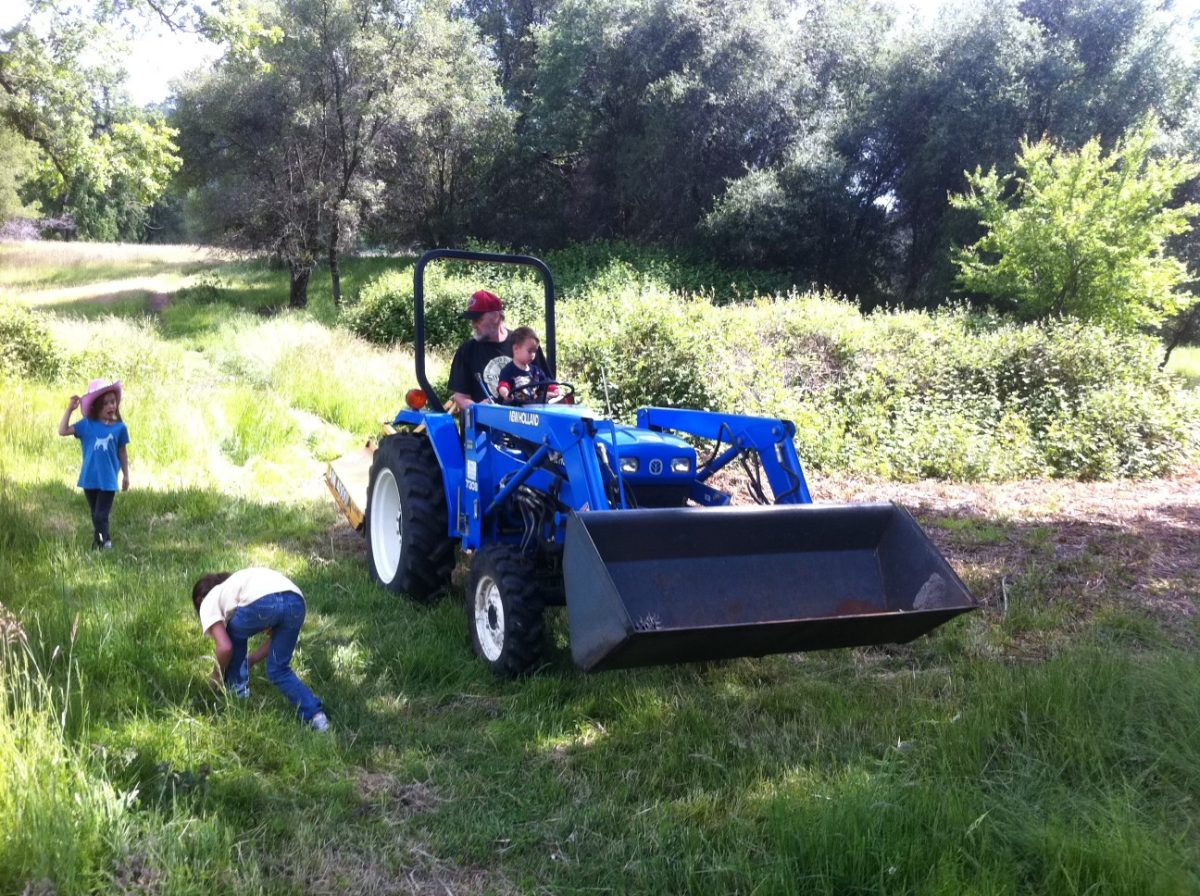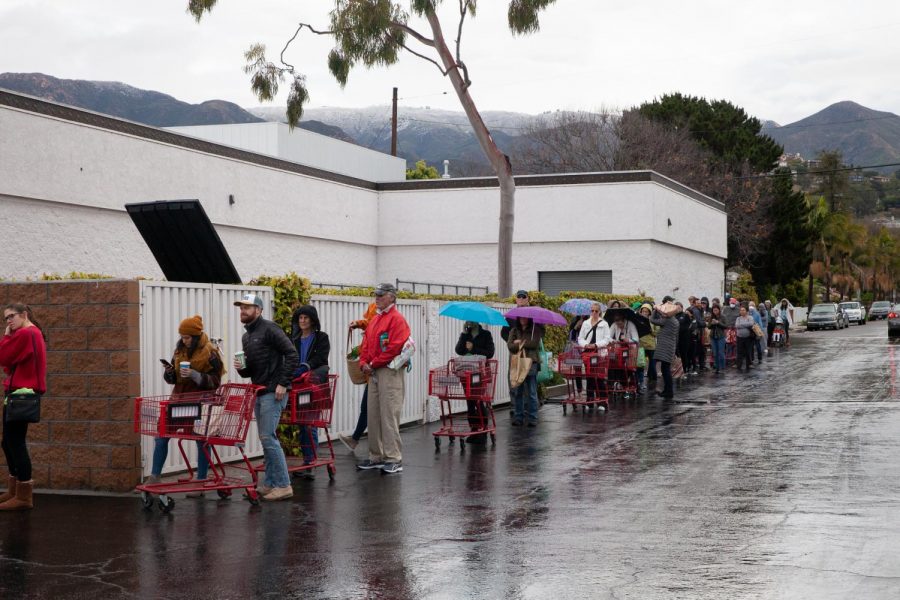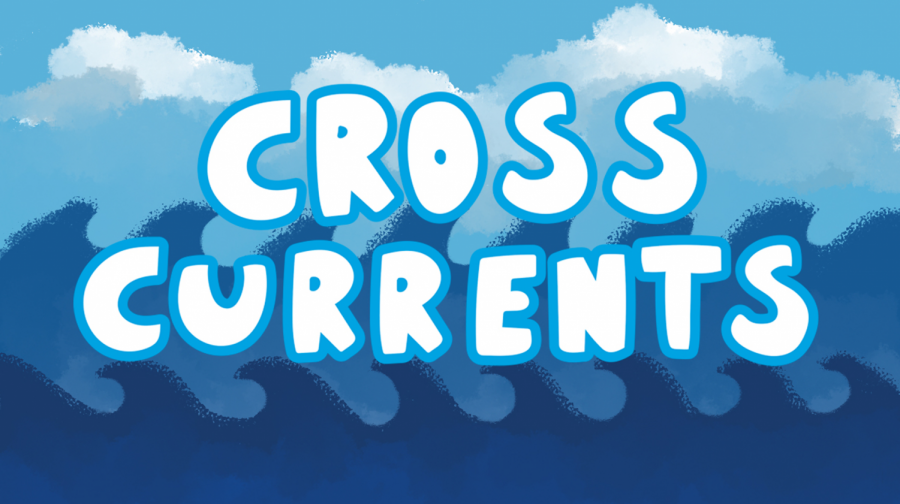On Thursday night, City College screened the film “Gaviota: End of Southern California,” which gave its viewers a compelling tour of one of the most biologically diverse regions in North America.
Shaw Leonard, former City College journalism and environmental studies student, spent five years filming the documentary to fill a hole in the discourse surrounding the Gaviota Coast’s conservation. There was no film which came close to comprehensively depicting the lives of the coast’s inhabitants, so he and his team decided to travel up and down the 76-mile coast by air, land, and sea to capture the daily life of some of the 290 bird species, over 1400 plant species, and myriad other species which live in the region.
Although one purpose of the film is to inform the audience of the existential threats the coast and its inhabitants face, it is only indirectly a call to action to protect the coast. Rather, it is a love song to the thousands of beings who call the Gaviota Coast home, a celebration of their lives.
The film succeeds in reminding viewers of the wondrous diversity of life that used to widely exist throughout Southern California before urban sprawl destroyed the necessary habitat for such life to exist. During the film, I felt an emotional connection with the majestic beings on the coast, from the monarch butterflies to the bumblebees, elephant seals, black bears, and countless other species. I could see each of them going about their lives with as much a desire to live as any human, interacting with each other and the world around them in their own unique ways.
There was also narration that gave greater details about the life of various species, furthering a sense of connection between the viewers and the coast’s inhabitants. Amazingly, banana slugs eat dead organic material and transform it into soil— the basis of terrestrial life. Monarch butterflies gather in the hundreds to rest in the coast’s riparian forests during their migration period—one of the view places in the country in which they do so.
However, the narration also included the cold, hard facts of how close these species and communities are to extinction. According to the film, 95 percent of riparian forests in Southern California, the same kinds of forests that the monarch butterflies depend on for their migration season, have been destroyed due to development projects. Steelhead trout, like many species of fish in California, have been reduced to a small fraction of their original population, and now only one percent of them have survived.
Although the film may be too gentle at times in its advocacy (it articulates the statistics above in the same tone of voice as its descriptions of various beings’ eating habits, for instance), the strength of the film is that it makes one thing clear: The Gaviota Coast is an irreplaceable, thriving natural community that has persisted for thousands of years, and to destroy it would be a travesty. This understanding must be reached emotionally more so than rationally, and the film helps foster the emotional connections necessary to reach that conclusion.
With this in mind, I thank the producers of the film for giving me and all who watch the film the briefest glimpse into the wonder and beauty of the Gaviota Coast.
If you love someone, you act to defend your beloved. With this film, more people will love the Gaviota Coast— and therefore, more people will act to do what is necessary to defend it.








